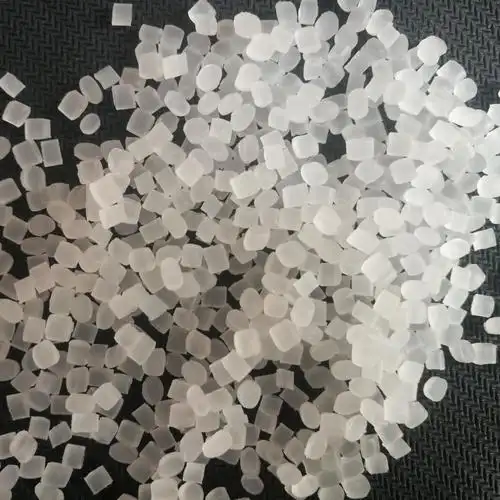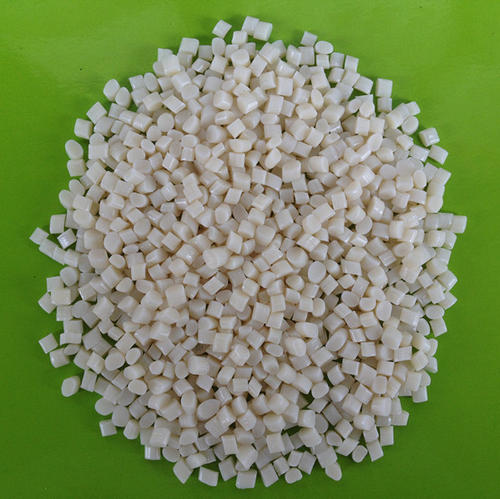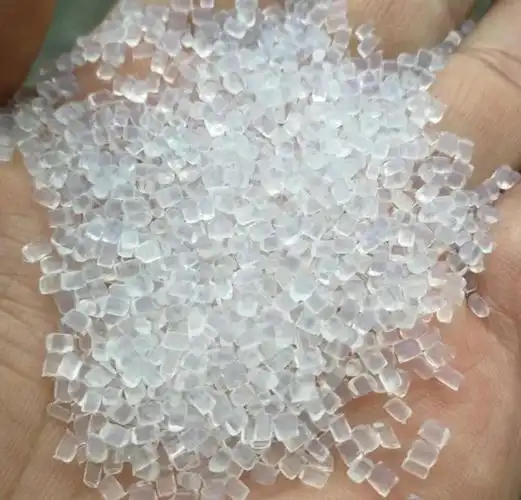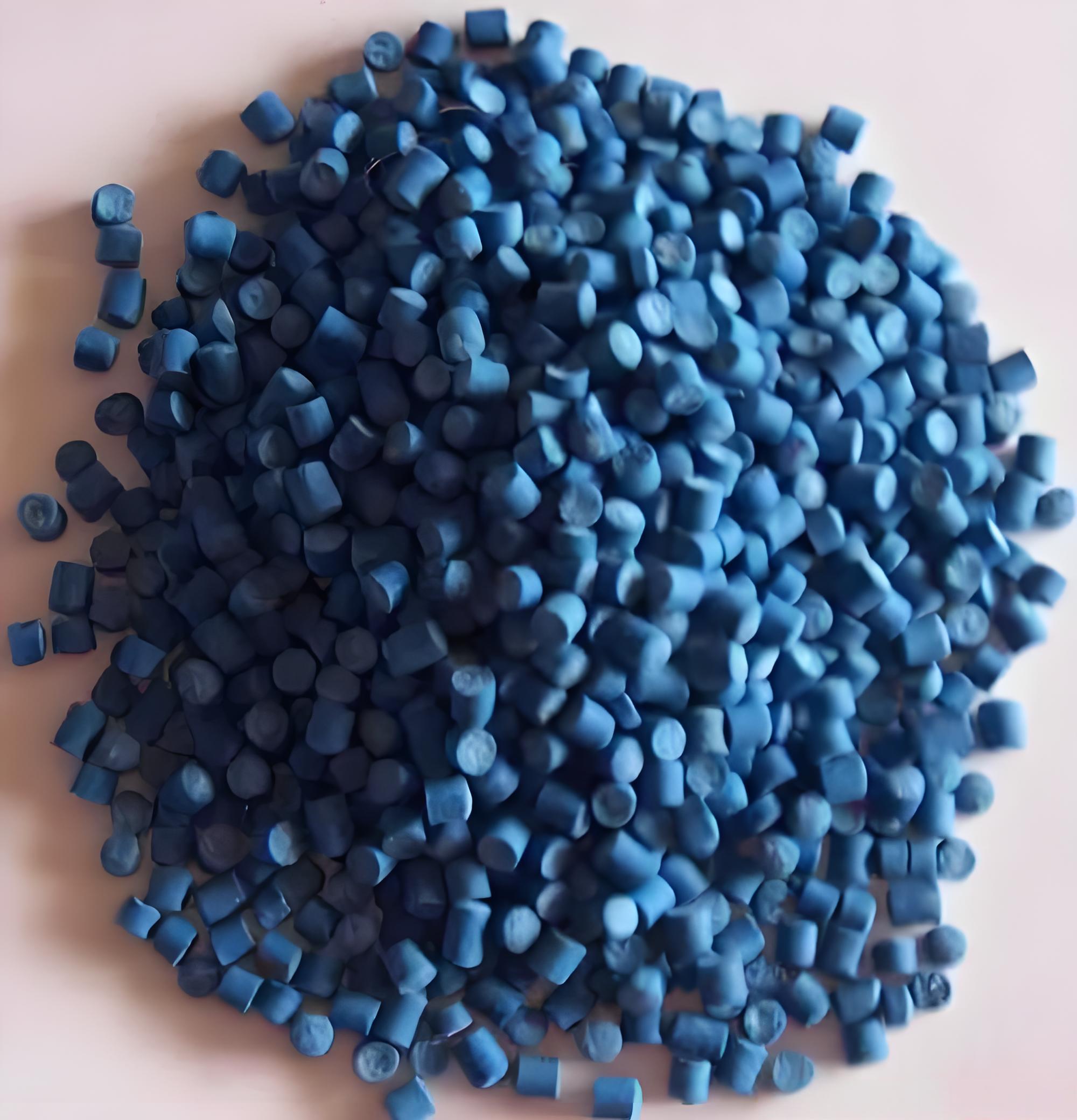Are TPE Elastomer Raw Materials Hard Plastics?
Thermoplastic elastomer raw materials sit at the intersection of rubber-like flexibility and plastic processability, creating persistent confusion in material selection rooms worldwide. TPE raw materials are not hard plastics in their functional state, though certain base resins used in their manufacture fall into the rigid polymer category before compounding. This critical distinction drives specification errors, […]
Are TPE Elastomer Raw Materials Hard Plastics? Read More »








